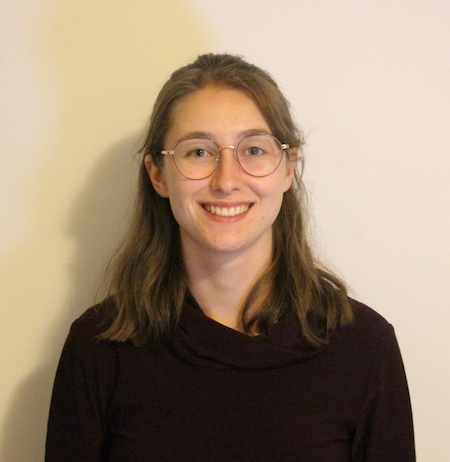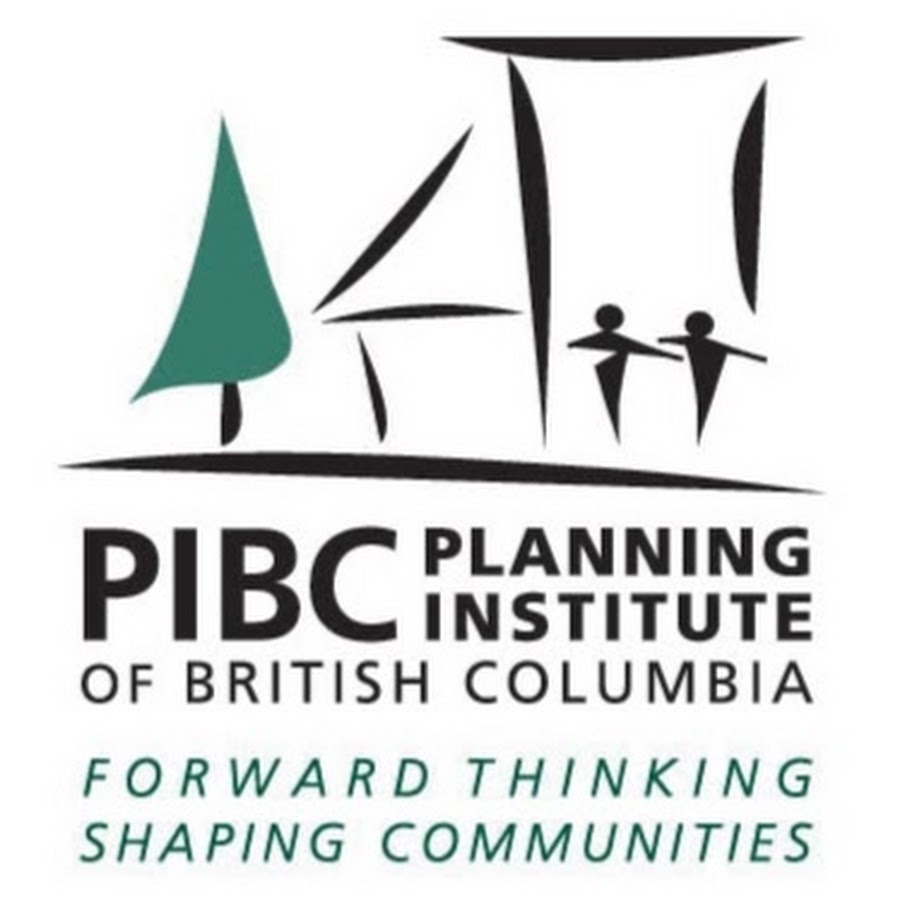
What makes you passionate about planning?
I am most excited about creating meaningful connections with people, families, communities, and the lands and waters I am privileged to be invited to and call home. Planning offers a unique way to connect and listen deeply - it is so interdisciplinary in nature and expansive and I am a dreamer and visionary with radical hope for the future for First Nations as well as the relations we have in to the lands and cities we are a part of.
Also, I love how there is so much possibility for creativity within the planning field and re-imagining ways of transforming and adapting our spaces, communities, institutions, policies, and practices, and so forth. There are many ways to express this creativity beyond the status quo of outcomes, deliverables, journal articles etc.
Tell us about a project you are working on and why it excites you.
There are many projects I have in the works (too many!), however, I have been mostly building some knowledge translation tools with my graduate students that expand from my doctoral research to share with communities and explore ways to further mobilize language reclamation, well-being, and ancestral practices.
I have been drawn to filmmaking and other creative planning practices that integrate multi-sensory approaches to building connections and visioning. I was fortunate to spend some time with Leonie Sandercock before she retired from UBC and we spoke about film as a planning praxis, so this is an area I am exploring and building upon. Storytelling is so immersive and connective - with the technology of film, I find it is a beautiful way to encapsulate a moment or a feeling that people see themselves in. I have my second film in the making in partnership with Nawalakw Healing Society that features First Nations front-line workers and their well-being on the land at a trauma healing camp.
Another area of inquiry for my research and engagement is the interconnections with land relationship planning and language revitalization. I truly believe language planning is the crux to community planning in Indigenous communities, some are at different stages of readiness, however, our languages are the core connection to worldviews, spirituality, values, governance, laws - they are the framework for how we can plan and re-center harmonious, sustainable ways of living.
What do you think will be the most important challenge for planners in the future?
In our increasingly globalized world, we have to maintain deep connections and relationships to who we are and where we come from, who our ancestors are, what communities and lands claim us, and the dark history and ongoing harms of colonialism.
When we truly know who we are and where we come from, we have purpose, responsibility, as well as a spiritual and moral compass to guide us towards a shared and decolonized future. I think planners, like all humans, have a responsibility to feel and know this to their core before and during processes of engaging and supporting planning work with communities. From this place, one can situate oneself in relation to others and work towards projects that require deep trust, care, and respect. When we are in alignment with our own integrity, we recognize the fractured systems and ongoing harms and can move towards dreaming other ways of being.
What are you most excited about at your planning school?
I am new to the School of Community and Regional Planning at UBC - new to planning scholarship, but I am exciting about how emergent practices and strategies are inspiring traditional planners and more people are curious about Indigenous planning theory and practices - it is like creating and understanding new language and frameworks to find solutions to re-balancing our relationship with land.
As co-chair of the Indigenous Community Planning program at SCARP, I am keen to learn more about Musqueam and their planning practices. Our school is unique with the partnership we have with Musqueam, however, much work is needed to ensure this continues to be led by the community and is generative and supportive for their vision while also expanding to reach other First Nations and organizations.
I am truly excited to reach more Indigenous students and work towards revamping the ICP program and curriculum to support in-community learning. There are existing barriers in post-secondary education that affect and often alienate Indigenous learners, and we as a school need to adapt and find ways to meet them to ensure we support the next generations of Indigenous community planners who can dream brighter futures with and for their peoples.
Please tell us about a place or plan that has influenced you.
Musqueam Comprehensive Community Plan
Squamish Generational Plan
Nawalakw Language lodge and Healing Village
Heiltsuk Language Revitalization strategy.

What makes you passionate about planning?
Coming from an engineering background, I was struck by how planners approach complex challenges holistically, grappling with competing interests, involving a wide range of stakeholders, and, most importantly, placing people at the center of decision-making. I find it incredibly motivating to work on sensitive and nuanced issues that shape the future of our communities. Unlike purely technical fields, planning is deeply rooted in the realities of human experience.
Tell us about a project you are working on and why it excites you.
My dissertation explores how to design more liveable streets: spaces where people linger, play, read, sunbathe, socialize, and engage in everyday life beyond just moving from one point to another. I am particularly interested in the tension between “place” activities and “mobility” activities. Through case studies, I am investigating how the presence of people moving through a space relates to those who stay and engage more deeply with it. Understanding this relationship is key to creating streets that support meaningful public life.
What do you think will be the most important challenge for planners in the future?
Like many fields, planning is facing a profound shift due to the rise of social media and new communication platforms. These channels have amplified polarization and misinformation, creating new challenges around public engagement and social acceptability. I believe the future of planning will depend on how effectively we adapt to these changes. We must understand how information circulates and ensure that planners’ expertise is trusted, valued, and communicated in ways that resonate with diverse publics.
What are you most excited about at your planning school?
One of the things that impressed me most about SCARP is the diversity of research topics. The PhD community is full of thoughtful, engaged scholars working on incredibly relevant and unique projects. Moreover, I appreciate how SCARP actively integrates Indigenous perspectives, not only in research but also in how core planning concepts are taught. SCARP is definitely a space where inclusive, respectful dialogue is encouraged and where I have felt supported in deepening both my scholarship and my values.
Please tell us about a place or plan that has influenced you.
Before I turned my attention to social and liveable streets, I was primarily focused on active mobility. But spending a few months in the Netherlands changed my perspective. I realized that simply replacing cars with bikes does not automatically lead to the kinds of vibrant, people-oriented neighbourhoods I imagined. Designing streets primarily for movement, whether by car, bike, or foot, often overlooks the richness of activities that can take place on streets. Seeing Dutch cities begin to prioritize street life and multifunctional public space helped shift my focus. That is when I started to describe myself not just as a “transportation planner” but as a “street planner”.




